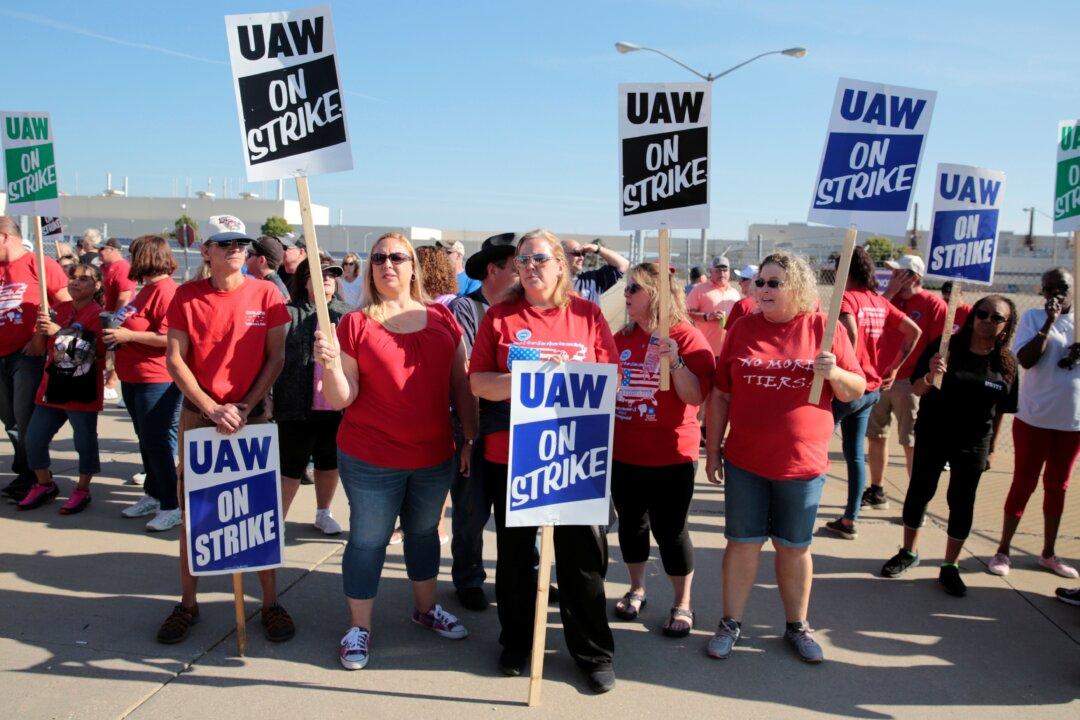Some 46,000 General Motors (GM) employees have refused to work for their eighth day running as their union negotiates with the automaker’s leadership over pay hikes and job losses.
Neither side reported any progress over the weekend.


Some 46,000 General Motors (GM) employees have refused to work for their eighth day running as their union negotiates with the automaker’s leadership over pay hikes and job losses.
Neither side reported any progress over the weekend.